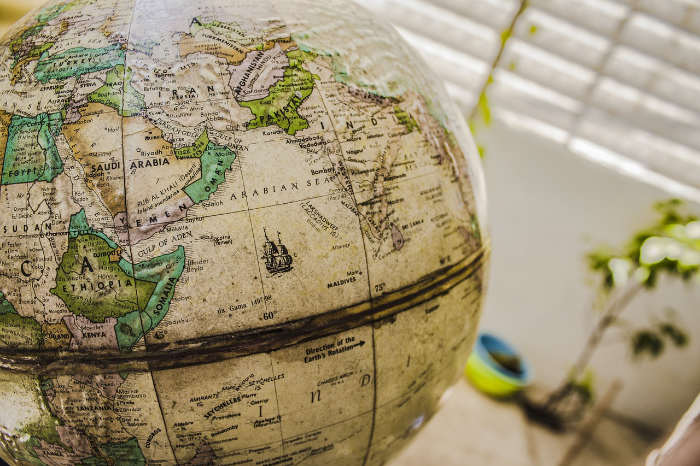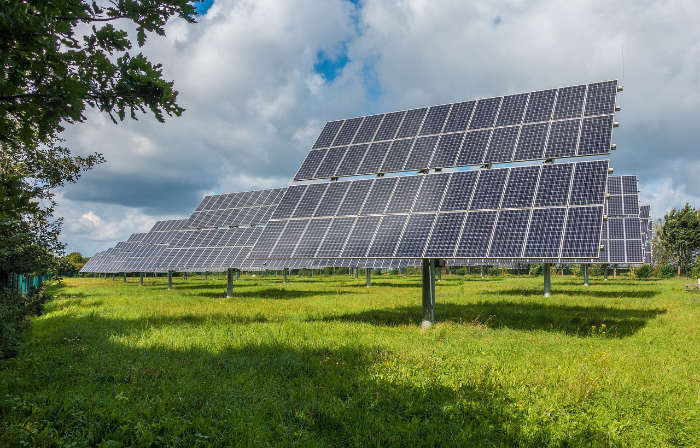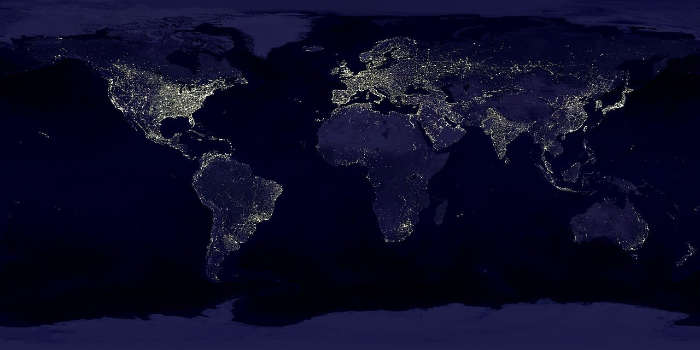Electricity Consumption by Country 2025

0
1T
2T
3T
4T
5T
6T
7T
8T
9T
5 Countries that Consume the Most Electricity
- Data are expressed in billions of kilowatt hours (kWh). For example, Afghanistan’s displayed 2021 value of 5.53 corresponds to 5,530,000,000 kWh.
Electric energy consumption is the actual energy demand made on the existing electricity supply. According to the U.S. Energy Information Administration (EIA), global electricity consumption is continuing to rise and at a pace faster than global population growth. This indicates an increase in the average amount of electricity consumed per person (per capita electricity consumption). Almost all of the increase in consumption is attributed to growing electricity consumption in developing countries outside of the Organization for Economic Cooperation and Development (OECD).
Growth in global electricity consumption is related to economic growth. Increases in the per capita electricity consumption reflect changes in the composition of the economy, such as growing demand for appliances, lighting, and air conditioning, shifts to more energy-intensive industries, and changes in the industrial processes for producing goods. On a per capita level, electricity consumption is most prevalent in one’s home. The water heater, washer and dryer, lighting, and refrigerator are the largest electricity consumers in the home.
Electricity Consumption by Country
In 2000, the global electricity net consumption was 13,277 billion kilowatt-hours (kWh), a number that virtually doubled to 26,536 billion kWh by 2022. Below are the ten countries with the highest electricity consumption. Numbers are provided by the EIA based on 2022 data and are expressed in kilowatt-hours (kWh).
Top 10 Countries that Consume the Most Electricity
China is the world’s largest consumer of electricity, using over 8.539 trillion kWh of energy annually. China accounts for almost one-third of global energy consumption. The country is known for running mainly on coal but has also shifted to natural gas and renewable energy sources in recent years.
The U.S. consumes about 4.128 trillion kWh of electricity annually, making it the second-largest consumer. Although the United States’ electricity consumption is expected to continue growing rapidly, annual residential electricity sales and residential electricity sales per capita have both declined between 2010 and 2017. This is attributed to weather changes, energy efficiency improvements, and economic factors.
India consumes about 1.463 trillion kWh of electricity annually. India is the third-largest consumer of electricity, which comes at no surprise given that the country is the most populated in the world. The country’s electricity consumption is expected to increase to 4 trillion by 2030.
Russia comes in fourth at 1.025 trillion kWh. Russia is one of the world’s largest consumers and producers of coal, and it has some of the largest natural gas reserves in the world. Fossil fuels currently dominate Russia’s energy industry, but the country is working to add in more renewable energy sources.
Japan’s electricity consumption is the fifth-highest in the world at 939.31 billion kWh. Japan is also the fourth-largest oil and coal consumer in the world. After the country’s Fukushima Daiichi nuclear disaster in 2011, there has been a significant increase in electricity consumption and generation.
























